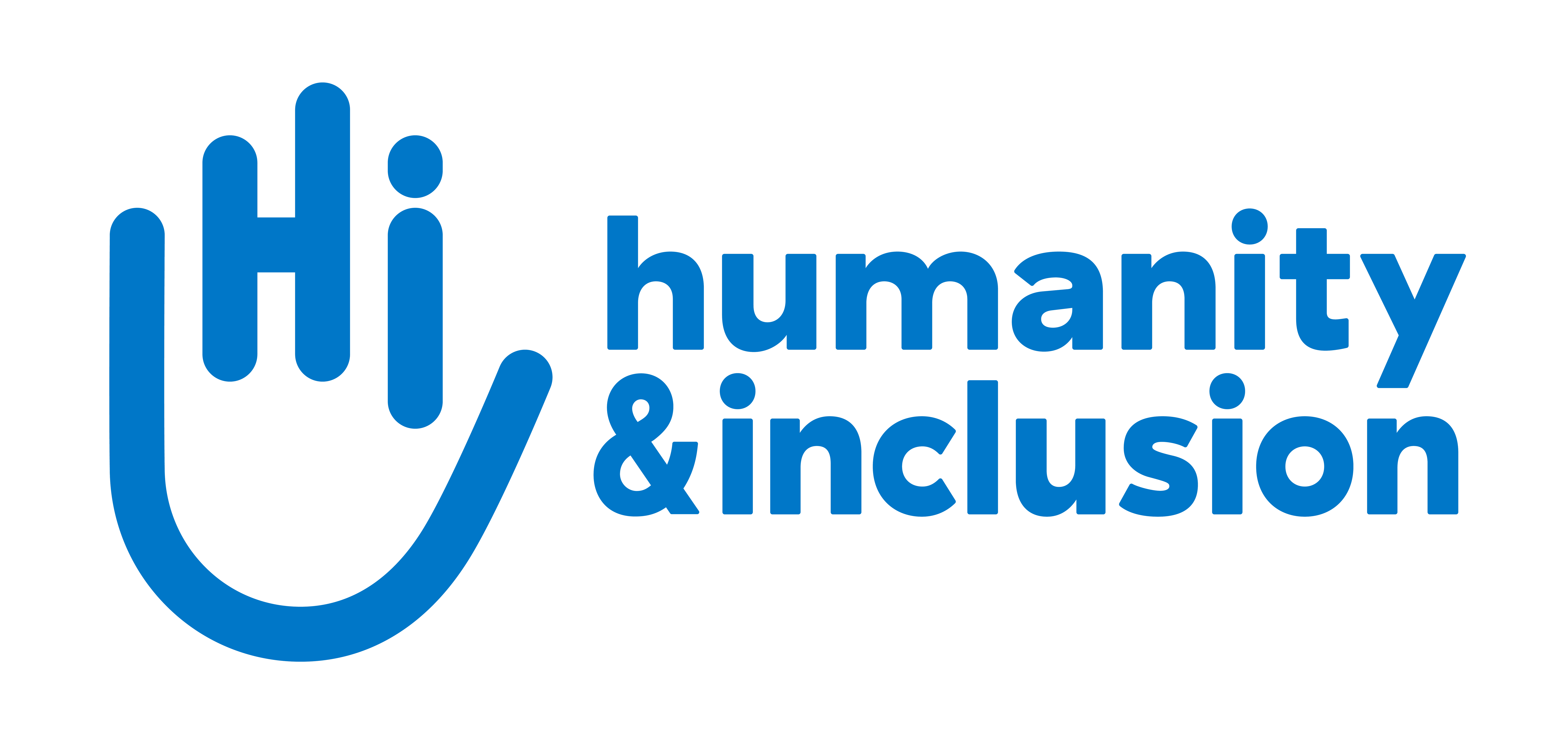Gunshot wounds: long-term medical care
People with gunshot wounds require long-term medical care. After an operation, it can take months or even years of rehabilitation to restore their mobility. During this long period of convalescence, patients are temporarily disabled and unable to work. Alaa is one of hundreds of people with this type of injury. Followed up by HI, he recently began rehabilitation sessions.

An HI physiotherapist examines Alaa’s leg | © Hardy Skills / HI
The bullet entered Alaa’s right leg just above the heel and left him with an open exit wound. He suffered severe nerve damage and is unable to control his leg or to put his foot firmly on the ground. “The pain at night is unbearable. I don’t know when or if I’ll be able to drive again. I have a family to support, look at them,” he says, pointing to his four children.
Patients are often poor
Alaa used to work as a taxi driver. He rented a car and his earnings varied from day to day, depending on how many fares he picked up. He lives in a very small, dilapidated house in North Gaza. The ceiling is scored with holes, providing little protection from the cold and rain in winter.
“Fortunately I’ve been getting help from humanitarian organisations: I need rehabilitation sessions and don’t have enough money to pay for them. I hope they’ll be able to help me until I get back on my feet. I need to return to work as soon as possible.”
Temporary disability
Alaa spends his days walking on crutches between his bed, lounge and the front door of his home, where he can see the street, passers-by and his neighbours: “It’s like living behind bars,” he says. “I can’t work, so I don’t have any money. Today, it was my neighbour who brought me two chickens and refilled my gas bottle.”
Long therapeutic process
HI has been assisting Alaa for two weeks. Most days, he receives a visit from a physiotherapist and a psychologist. It takes time and determination to recover from a gunshot wound, and Alaa will need two more operations to repair damage to his leg.
“When I’m better again, I’d like to have my own taxi. But given my current condition, I think it might be easier to set up a small business.”
More than 14,600 people have been injured since the start of the demonstrations last March, of whom nearly 8,000 had to be hospitalised. Over the course of a single month, HI has already helped more than 500 people by providing them with follow-up rehabilitation care and psychosocial support, and by gifting crutches, walking frames and wheelchairs.





